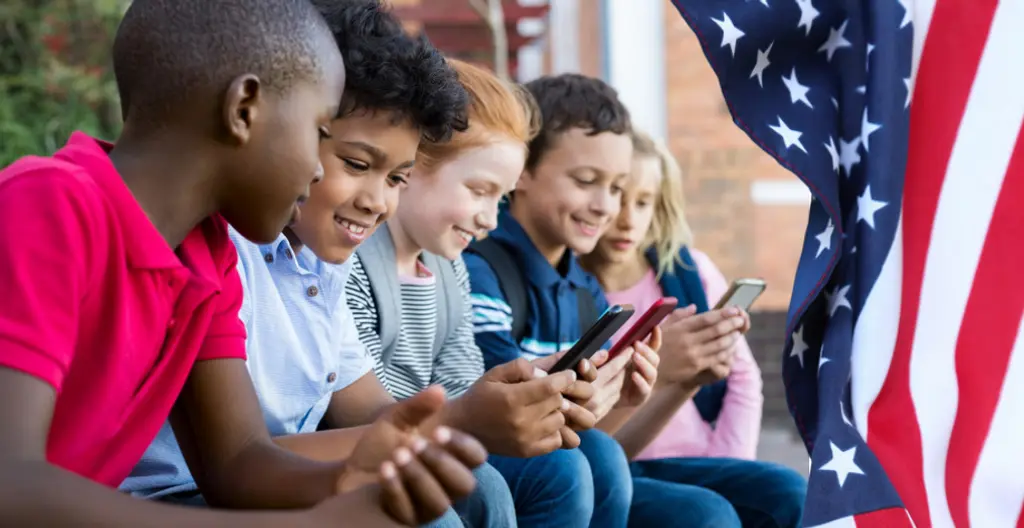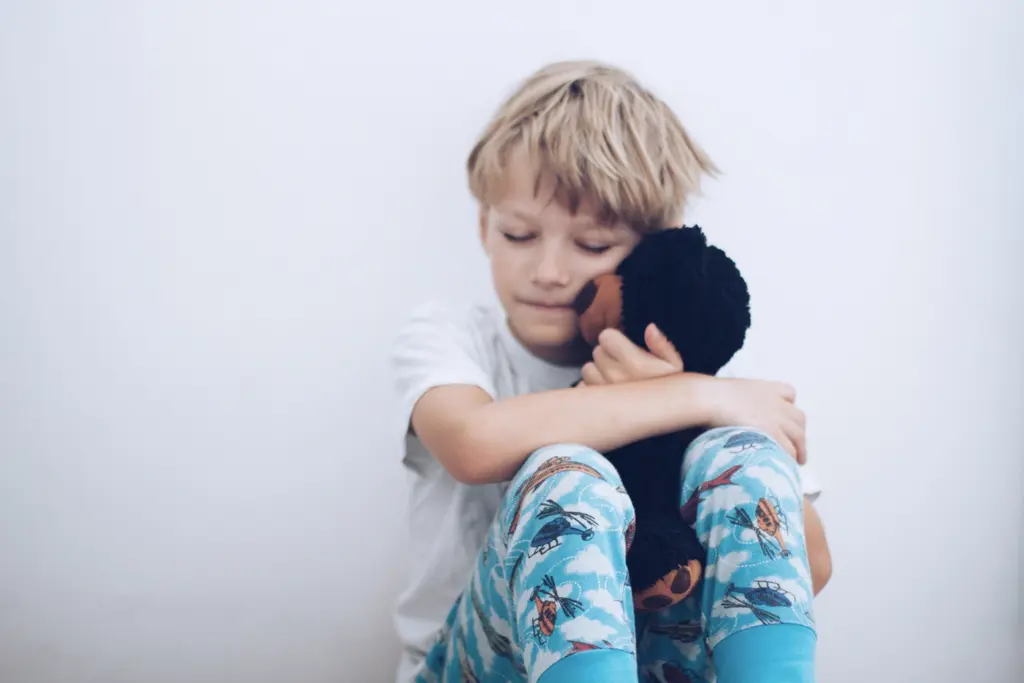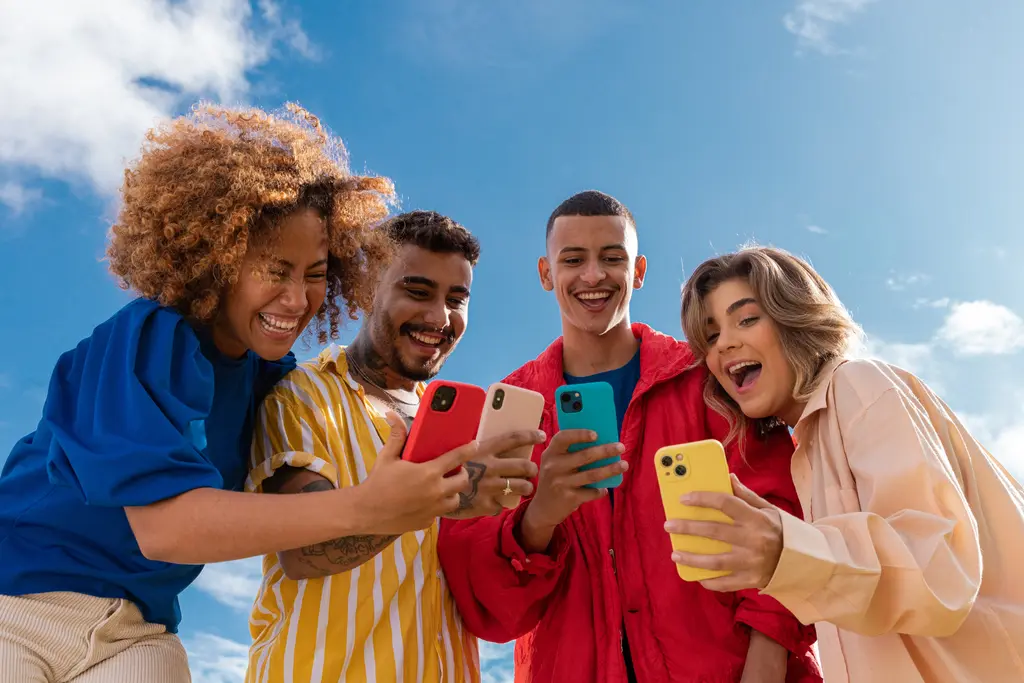Sensitive content
This site contains sensitive content that includes references to sexual violence.
Indicator

We are witnessing a terrifying increase in child sexual abuse material circulating online, with more than 105 million images detected online in 2023 and online grooming cases increasing by over 300% between 2021 and 2023 (1).
This is a global and borderless crime, with new risks such as AI and sexual extortion developing rapidly.
Online violence is not distinct from violence in the physical world. Often the perpetrator is known to the victim, and the impact of online violence can negatively impact children in the physical world, such as bullying in school or acts of sexual violence perpetrated at home.
While the UK’s Online Safety Act and the US TAKE IT DOWN Act represent important progress, most G7 regulatory frameworks remain dangerously behind the rapid evolution of technological threats. Despite these important steps, and some significant international leadership to end online childhood sexual violence (2), there remains much more to do in all G7 countries.
Source: Childlight. Into the light index

WASHINGTON DC, 19 May 2025 – The Brave Movement – a global movement of survivors and allies working to end sexual violence against children and adolescents – has welcomed the signing into law today of the Take It Down Act. Brave Movement Founder and CEO of Together for Girls, Dr Daniela Ligiero said: “ Online child sexual exploitation and abuse is an epidemic, and one growing at an exponential rate. More than 300 million children have been affected by online child sexual exploitation and abuse in the last year, with 10 cases of abuse reported every second. In the run-up to the G7 Leaders’ Summit in Canada in June, the Brave Movement has called on all G7 countries to prioritize online safety as part of greater leadership action in ending all violence against children.

It specifically targets the distribution and threats of sharing non-consensual intimate images - including AI-generated content - as a federal crime, protecting survivors from further harm and ensuring that there are no loopholes for perpetrators based on location. Over 300 million children under the age of 18 have been affected by online child and sexual exploitation and abuse in the last 12 months. As the home to many of the world’s leading tech companies, the United States holds a unique position of responsibility and influence in shaping online child protection standards. The TAKE IT DOWN Act criminalizes the act of intentionally publishing or threatening to publish non-consensual intimate images, including AI-generated content, on online platforms. Violence, which might start in an online sphere, negatively impacts children in the physical world, such as bullying in school or acts of sexual violence physically perpetrated offline. Alarmingly, 1 in 8 children globally have been subjected to online solicitation, and 1 in 8 children have experienced taking, sharing, and or/exposure to sexual images and videos in the last 12 months. Online sexual violence can have serious emotional, health, and psychosocial impacts on children and youth, including into adulthood. I was a victim of technology-assisted child sexual abuse when I was 13 … It's been 21 years since my abuse, and I still live in fear of those images.
April 28, 2025
|
For us, that meant putting pressure on companies that enable and profit off of child sexual abuse, starting with Apple. As we surveyed the online child safety space, we saw an opportunity to build a new brand of activism – one that borrowed from the playbook of other successful movements and leveraged a corporate campaign model to shift the ways Big Tech approaches child safety. Now, child users who face unsafe or unwanted sexual interactions in iMessage can get help more easily. Apple is facing a billion-dollar lawsuit that claims the company didn't do enough to stop child sexual abuse material from being stored on iCloud. The plaintiffs are survivors of child sexual abuse whose abuse was recorded and shared online, spreading across both the dark web and everyday platforms. In March of 2024, our team asked Marsh Law, a 17-year-old firm that focuses on representing victims of child sexual abuse, if it could bring a suit against Apple.
January 26, 2025
|
There is no limit to the long-lasting impacts of online child sex abuse. Though significant efforts have been made globally to enact legislation on online child sexual abuse material, the meaningful integration of survivors’ lived experiences is critical to creating a holistic approach to end this global scourge. I was a victim of technology-assisted child sexual abuse when I was 13. I was manipulated into sending one topless image, and that image was used to blackmail me for more images, more videos, and then for my address, the perpetrator came to my home the following morning and committed sexual violence in person, and took more images. An example of a great solution to address technology-facilitated childhood sexual violence is the Model National Response by the WeProtect Global Alliance , in partnership with UNICEF. Some of those officers didn't understand that if you are the officer that's seen that child's image, then that child is not going to talk to you. So we helped them to implement a simple solution: If you've not seen that image, you tell the child upfront, “Don't worry, I've not seen it.” If you have seen it, then you do not speak to that child and instead another officer will conduct the conversation. A resource was also created specifically for those children who are identified in child sexual abuse images. We have seen children being blamed for taking an image consensually and sharing that with their boyfriend or girlfriend. However, we’ve seen children who have been threatened with criminalisation for those images. The Model National Response guides the coordination of national efforts that is critical in delivering a holistic response to online child sexual exploitation and abuse. However, challenges have included private sector participation, weak governance bodies, limited political will to address online child sexual exploitation and abuse, and an entrenched, artificial divide between online and offline child sexual exploitation and abuse.
November 28, 2024
|
Having grown up in the digital age, young people often understand the online world better than anyone else. For real change to happen, we must recognize a critical issue: discussions about online safety for young people often occur without their direct input. We must address our perspectives on the need for more education, stricter regulations, and the inclusion of young voices in online safety discussions. Young people have grown up surrounded by digital technology, and their understanding of the online world often surpasses that of older generations. It is essential that young people are included in conversations about internet safety and that their voices are heard. There have been ample discussions about what needs to be done for young people to be safe online without including any of them. Stronger regulations, improved age verification, and the inclusion of young voices in discussions about online safety are all essential steps toward protecting young people in the digital world. By increasing awareness, implementing better safety measures, and encouraging cooperation between tech companies, law enforcement, and parents, we can help make the online world safer for children. Governments must ensure that moment through their pledges; the right people are at the table and ready to take bold action to keep children safe online.
November 20, 2024
|
Today, there are 1.2 billion young people aged 15 to 24 worldwide, accounting for the largest population of young people in history.
September 4, 2024
|